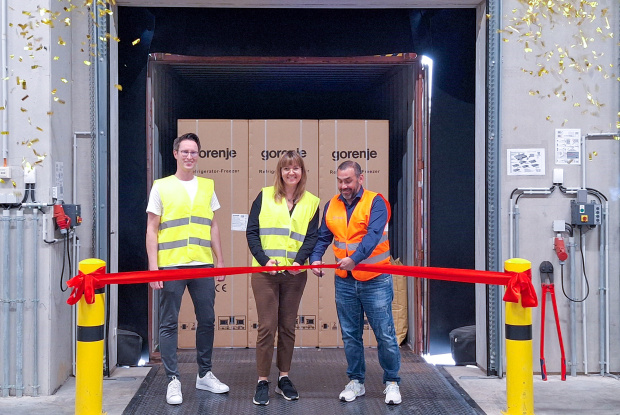FIEGE brings PV system online at facility in Zülpich

The logistics provider FIEGE has brought a PV system online at its location in Zülpich which will generate power for captive consumption by FIEGE. Covering a 5,000 square-metres-large rooftop, the system will produce over 400,000 kilowatt hours of electricity each year. This is equivalent to the annual electricity consumption of 115 households.
“The sustainable and thoughtful use of resources is crucial for us, because as a family business, one of the goals that we are pursuing is to hand over a climate neutral enterprise to the next generation”, says Kai Alfermann, Managing Director at FIEGE Real Estate. “The direct use of solar-powered energy allows us to significantly lower our environmental impact. Contrary to conventional power generating plants, the operation of photovoltaic systems does not emit climate-changing greenhouse gases.”
Solar power generated is used directly by the logistics centre itself and covers most of the facility’s own energy consumption. Only at night or on dark winter days will FIEGE need to draw additional electricity from the public grid. In turn, solar power generated during periods where the production outweighs consumption will be fed into the public grid – for example, on Sundays, when the logistics centre’s power needs are low.
In addition to FIEGE’s captive power plant, LIP Invest, an investment company, is currently setting up a further two photovoltaic systems on roughly 30,000 square metres of roofscape. The systems will be brought online in August. These facilities will also provide electricity to FIEGE in the future.
In general, the almost 150-year-old family enterprise from Greven in Westphalia aims to boost the construction of new photovoltaic systems to cover its captive power consumption. Numerous logistics centres have already been fitted with PV installations, while others are in their implementation stage at FIEGE locations in Saxony-Anhalt and Lower Saxony. Moreover, FIEGE relies on CO2-neutral energy sources to cover its energy requirements, thereby reducing its annual production of CO2 by several thousand tons each year.



